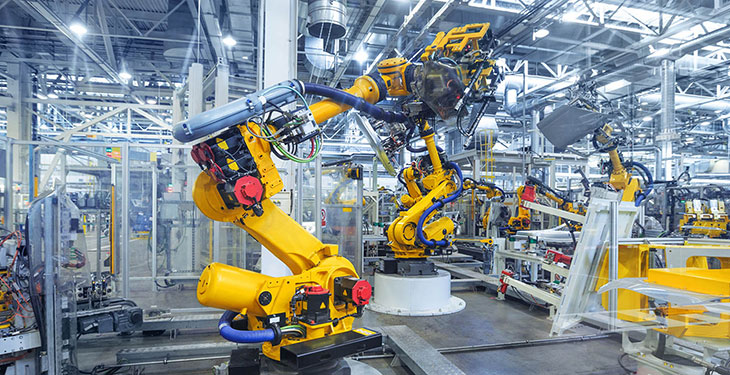The development potential of projects with industrial robots is very high in Romania, where there are currently 15 industrial robots per 10,000 workers, below the level registered in Poland or Hungary, according to data from the International Federation for Robotics, quoted by the designer and integrator of multi-technical solutions, IMSAT Groupe SNEF.
In this context, the Group announces the development of the robotics systems integration division and becomes the only official partner in Romania of Kawasaki Robotics, one of the largest manufacturers of industrial robots in the world. Thus, in the IMSAT RobotLAB robotics laboratory, through an investment of 500,000 euro made in Bucharest, the company performs pre-testing of systems and simulation of robotic solutions, and customers can watch in real time how the project progresses, according to Agerpres.
“The Covid-19 crisis has created the context for an increase in automation throughout Europe, including Romania. The main arguments for automation start from the need for companies to protect their employees, so that they are less vulnerable, and are based on the trend of Europe to consolidate bu local facilities. An important goal for us will therefore be to meet the growing demand in the coming months,” said Alexandru Cuza, Development Director of IMSAT Groupe SNEF and Coordinator of IMSAT Robotics department.
Through the partnership with Kawasaki Robotics, IMSAT Groupe SNEF takes over the competencies of this manufacturer for the local market, offering all services: integration of Kawasaki robots, maintenance services, spare parts and training. In addition, the company can implement projects with industrial robots in foreign markets.
Currently, company officials are in talks with several clients abroad about potential projects with industrial robots, namely in Austria, Germany and Bulgaria, in various industries, such as pharma, steel or FMCG.
The data of the International Federation for Robotics show that, in Romania, there are currently 15 industrial robots per 10,000 workers, below the level registered in Poland or Hungary. At the same time, the global average is 74 industrial robots per 10,000 employees.
